More Than a Snapshot: The Enduring Art of Street Photography
Good afternoon everybody:
Particularly with the advent of the iPhone, “street photography” has ceased to strike many as real art. Anyone can do it. The composition creates itself. Facebook, Instagram, and Snapchat are perfectly fine substitutes for curation and shows and galleries.
But there is something more to the equation. All the intellectualizations don’t quite get you there. We have to fall back on the images themselves to realize that the artistry of a street photographer is real, and powerful, and worth holding up.
One of those artists passed away two weeks back: the American photographer Robert Houston, who documented the civil rights and social change movements, died at age 86. Houston was born in East Baltimore in 1935 and worked loosely in the style of his friend and mentor Gordon Parks.

Many of his most memorable photographs were published in Life magazine, as part of his coverage of the 1968 Poor People’s Campaign, an early effort to bring economic justice to the poor. A few of those images – the poignancy and power and artistry make the iPhone thesis absurd:
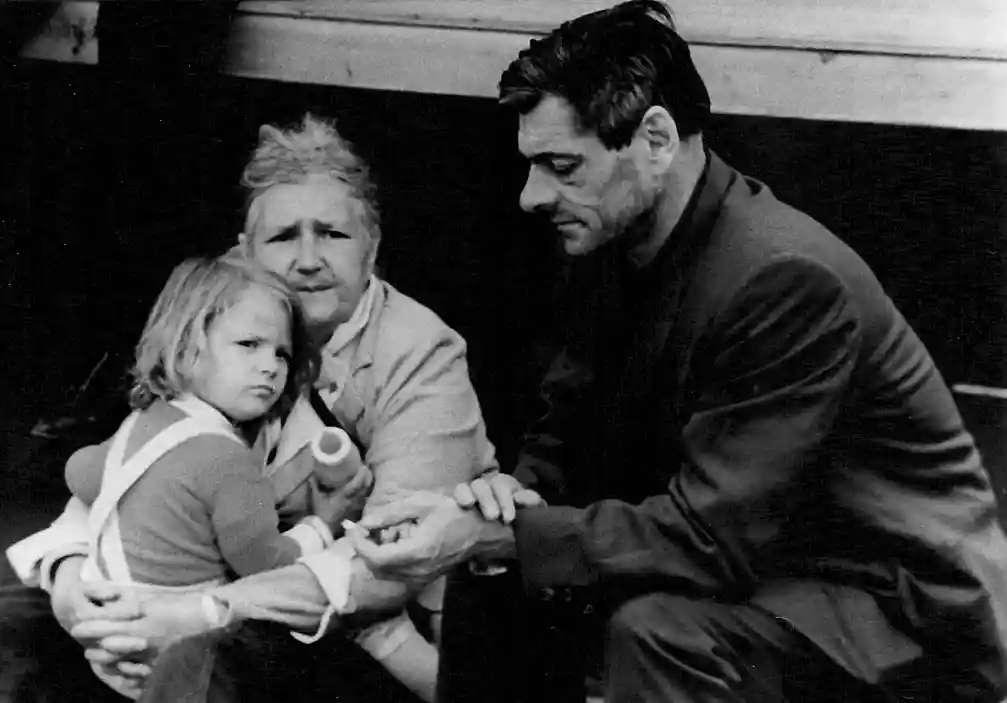

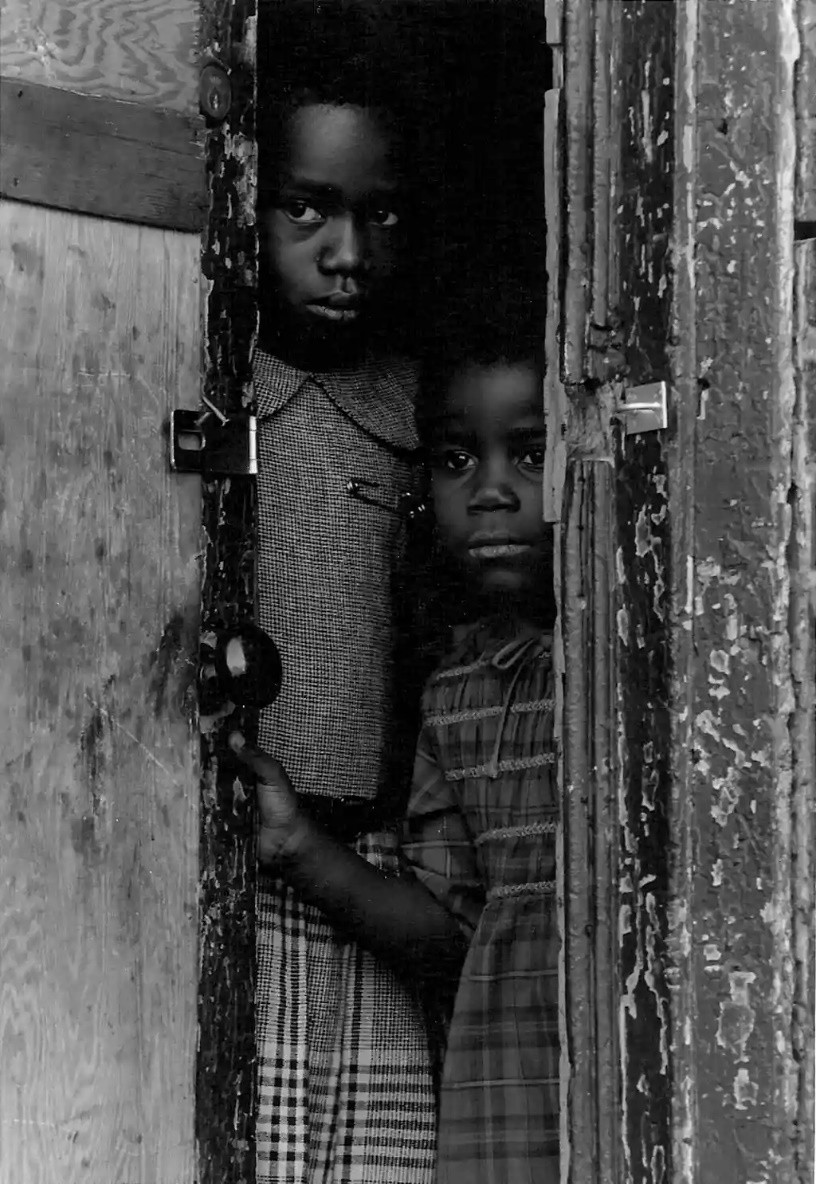
Houston also chronicled everyday life in the city:

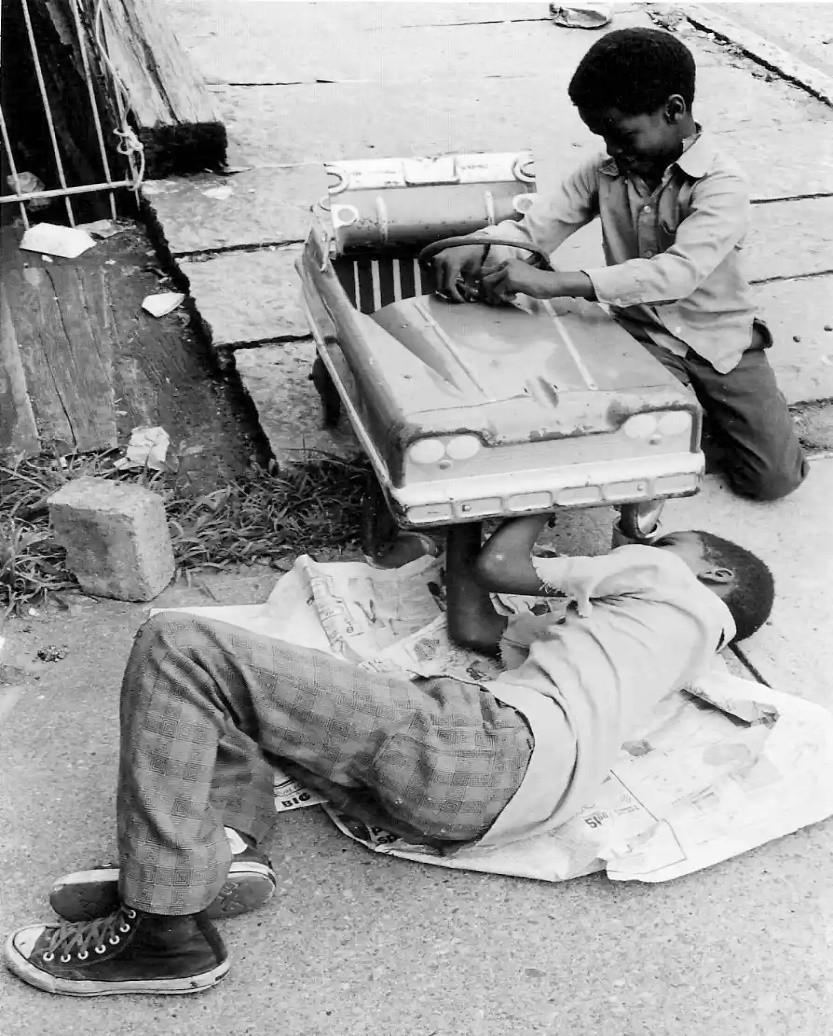
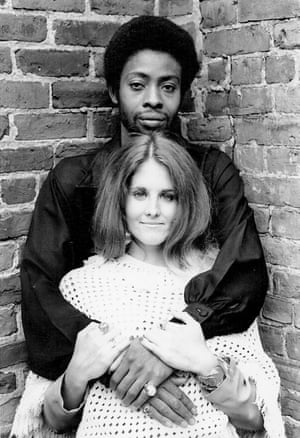
Houston reminded me of the very different style of another “street artist,” the Kresge 2014 Eminent Artist Bill Rauhauser:
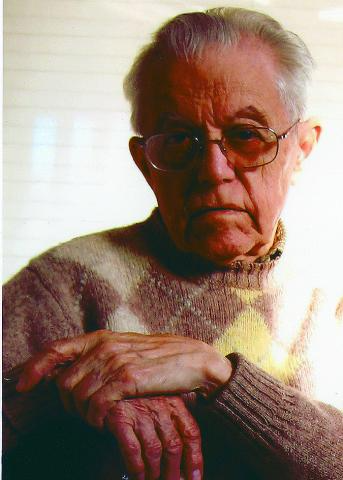
Rauhauser, who passed away in 2017 at the age of 98, had been dubbed the “dean of black-and-white Detroit street photography.” Over a career spanning sixty years, Rauhauser was unsurpassed in catching ordinary Detroiters in the midst of ordinary situations – as he later noted: “There is a special magic about an unposed photograph of someone caught in mid-stride, a single isolated moment out of an eternity of time.”:
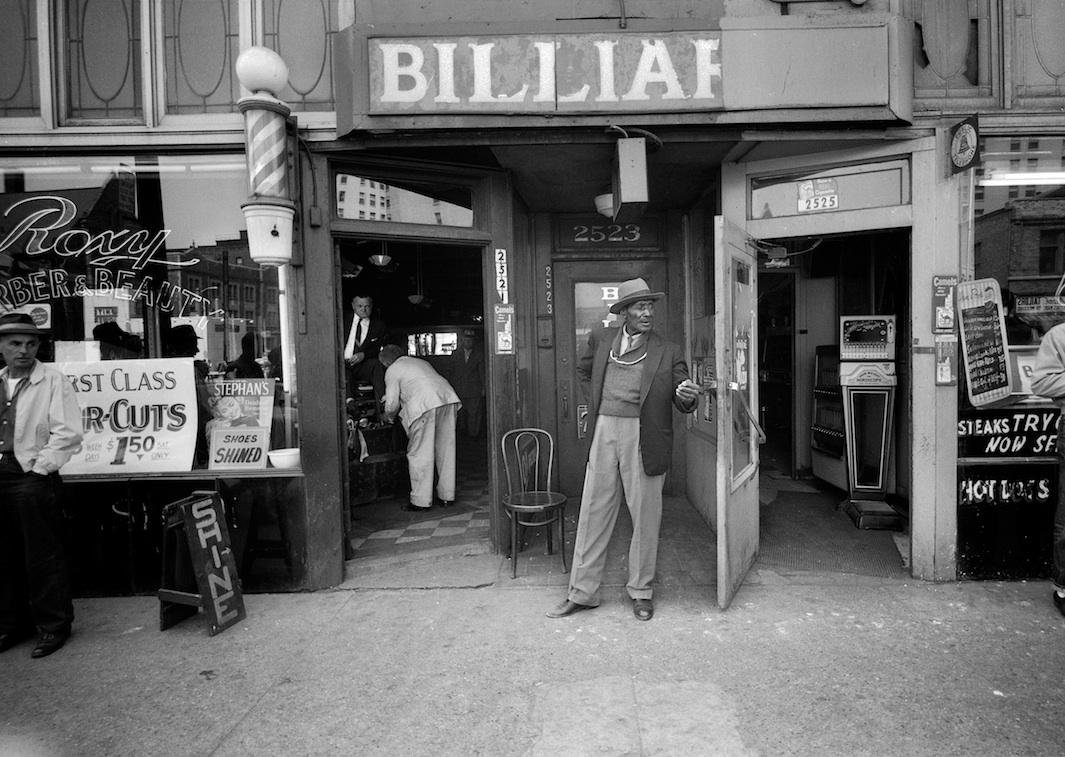
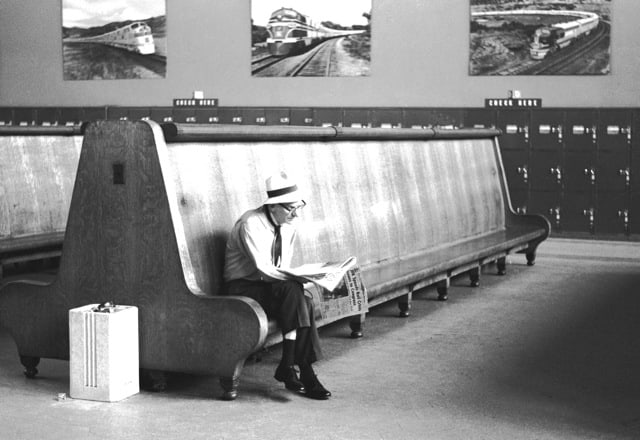
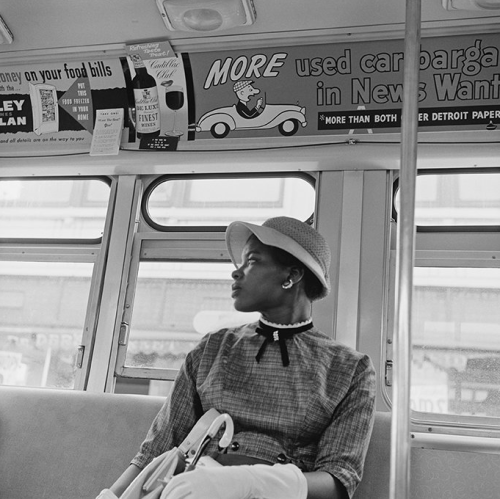
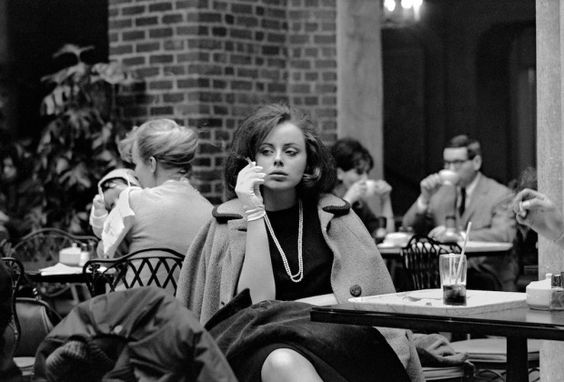
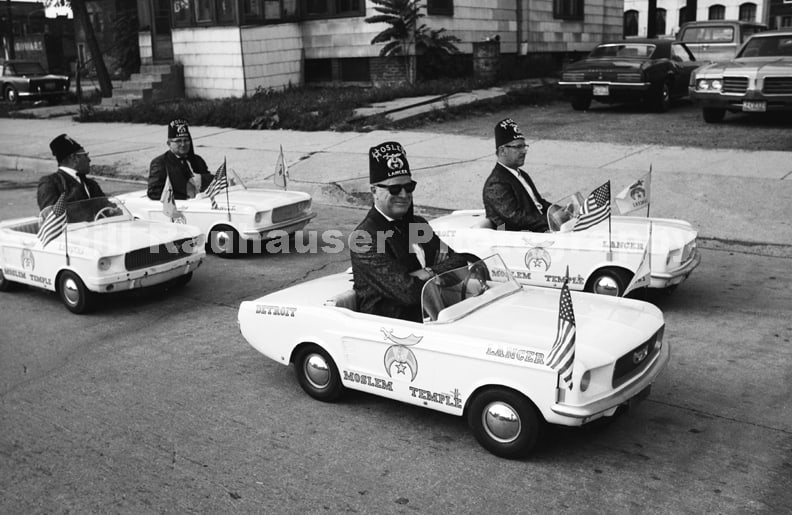
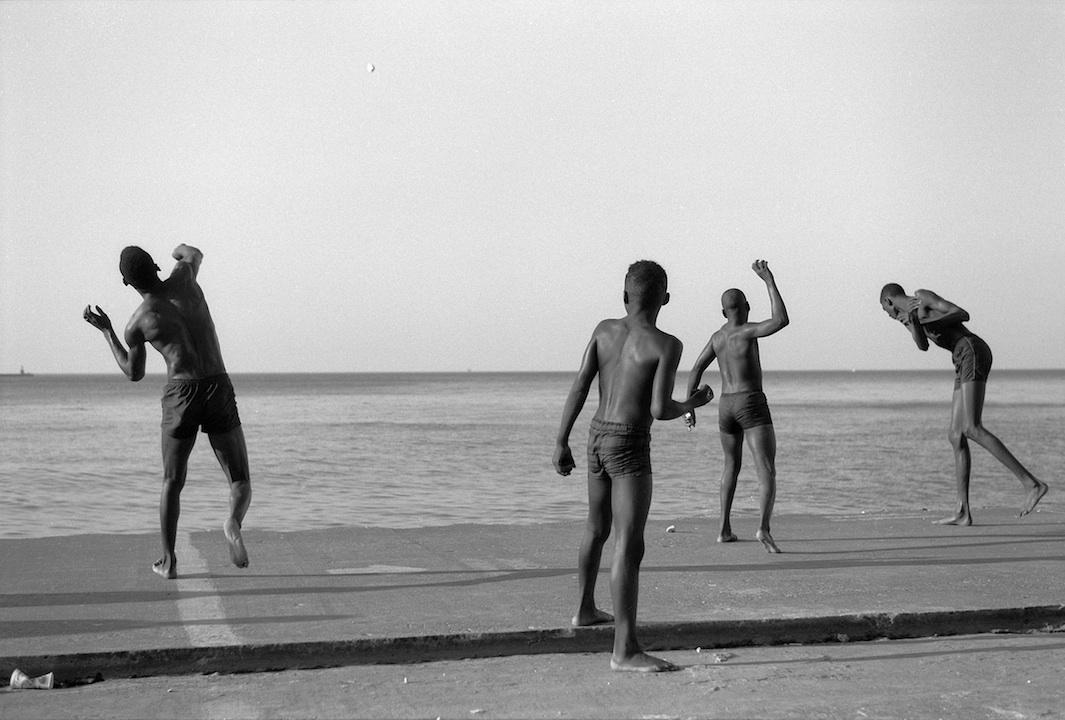
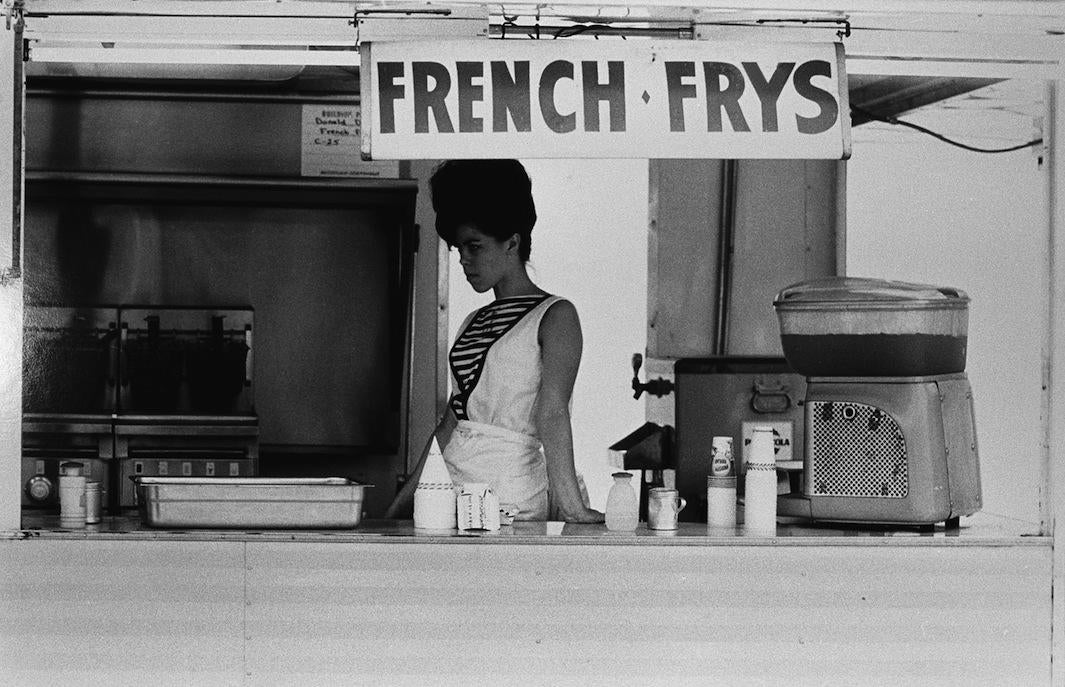
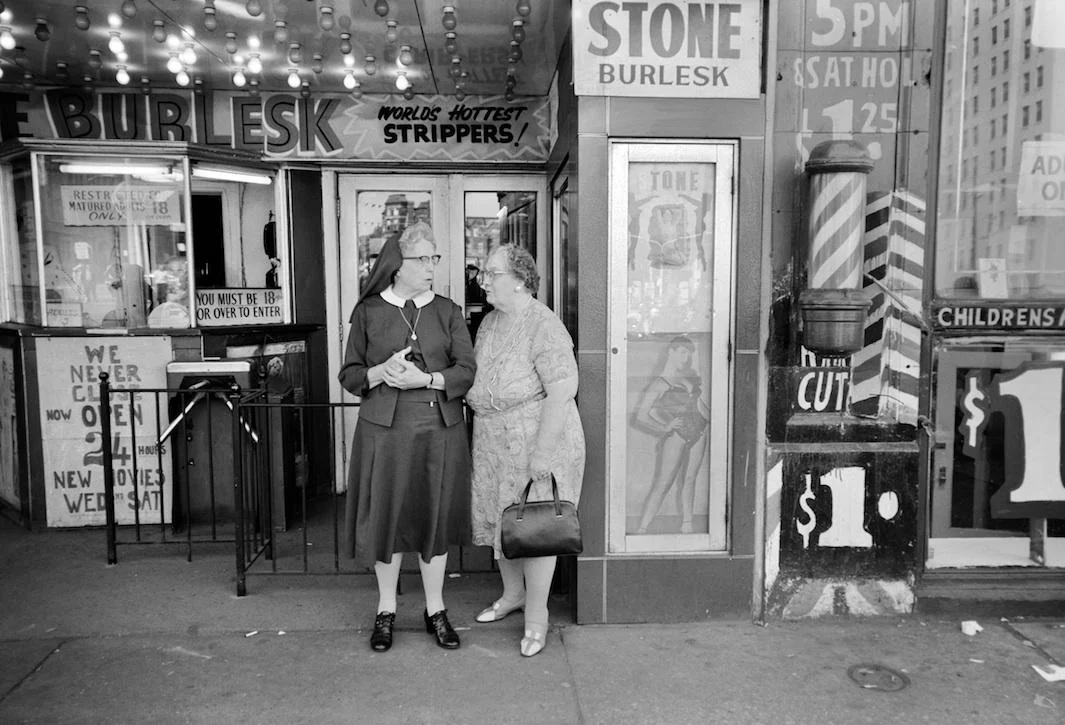
After receiving his Eminent Artist award, Rauhauser explained four “iron laws of street photography”:
- Being there. “With street photography, you don’t dream up what you want to do, you find it.”
- Being ready. “It doesn’t mean having the right exposure. Seeing is important.”
- Having a cultural background. “Recognizing significance is what counts. Your involvement in general culture is what matters. If I could start all over again, this is how I would teach – two-thirds of an artist’s education should be in history and literature. If you don’t have it, you will miss the shot.”
- Being lucky.
Two great artists, one medium, two indelible bodies of work.
Rip